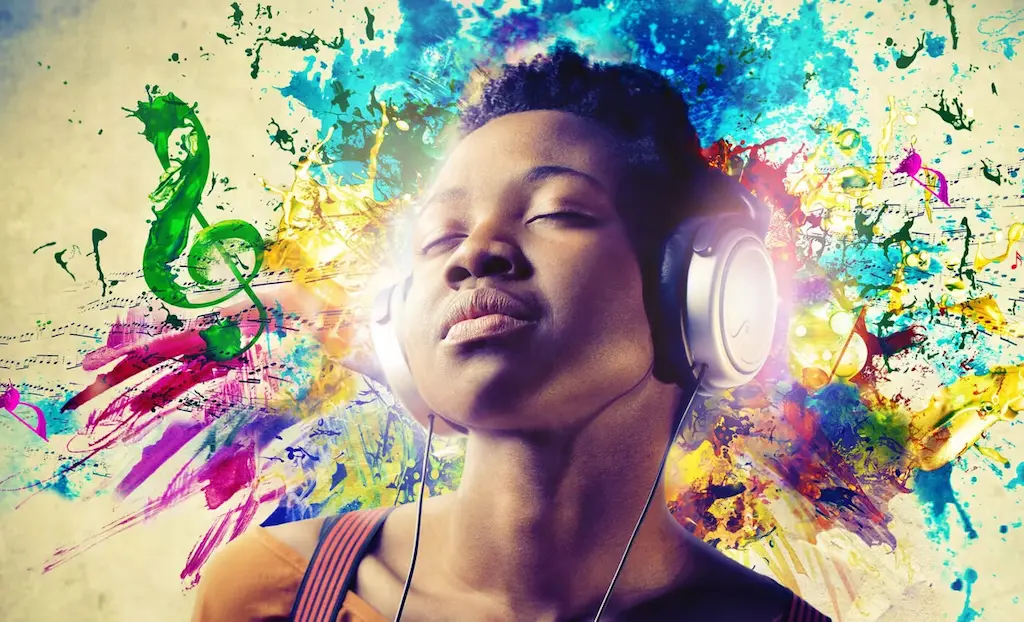Music has been part of human life for thousands of years, shaping culture, identity, and even survival. While many people recognize music as a form of entertainment, its deeper role goes far beyond pleasure. Music has a powerful yet often hidden influence on our emotions and memory. From shaping moods in the moment to embedding unforgettable experiences in our minds, music plays a fundamental role in how we feel, remember, and connect with the world.
The Emotional Power of Music
When you listen to your favorite song, your brain does more than simply process sound. Studies in neuroscience show that music activates the brain’s reward system, releasing dopamine, the “feel-good” neurotransmitter. This explains why certain songs can make us feel euphoric, comforted, or deeply moved.
Interestingly, music can express emotions we cannot put into words. A minor key can evoke sadness or introspection, while a major key often feels uplifting. Rhythm and tempo also shape how our body responds—fast beats can energize us, while slower melodies can calm anxiety and stress.
How Music Connects to Memory
Music has a unique ability to link sound with memory. A song heard during a meaningful event often becomes a mental bookmark, triggering vivid recollections years later. For example, couples often associate a particular track with their relationship, while certain songs may bring us back instantly to childhood moments.
Research in psychology suggests that music stimulates multiple regions of the brain, including those tied to memory storage and retrieval. That is why patients with Alzheimer’s or dementia can recall lyrics or melodies even when other memories fade. Music bypasses damaged areas of the brain, activating deep emotional pathways that remain intact.
The Role of Music in Therapy
Because of its deep link with emotions and memory, music is now widely used in therapy. Music therapy can help reduce symptoms of depression, manage anxiety, and improve cognitive function in patients with neurological disorders. It also supports trauma recovery, providing an outlet for expression when words are not enough.
In medical settings, playing calming music can lower blood pressure, slow the heart rate, and ease pain perception. In education, background music can enhance focus and improve recall, especially when used strategically.
Cultural and Personal Identity
Music is also a powerful tool for shaping cultural identity. National anthems, folk songs, and traditional rhythms connect individuals to their heritage and community. On a personal level, playlists reflect who we are, what we value, and even how we want to feel at a given moment.
This personal and cultural attachment explains why music can unify large groups of people—at concerts, festivals, or even during social movements. Music becomes more than sound; it is a shared emotional experience.
Why Music Stays Timeless
Unlike many other art forms, music has a universal appeal that crosses language, age, and culture. A melody can move someone without a single word being understood. This universality makes music a timeless bridge between generations and societies.
In a world full of constant change, music remains one of the few constants—helping us regulate emotions, strengthen memory, and connect deeply with ourselves and others.
Conclusion
The hidden influence of music on emotions and memory reveals just how essential it is to human life. It is not only a source of entertainment but also a tool for healing, remembering, and uniting. By paying attention to the songs we listen to and the emotions they evoke, we can better understand ourselves and strengthen our emotional well-being. Music is more than background noise—it is the soundtrack of our lives.



No comments yet